Andrea L. Thomaz
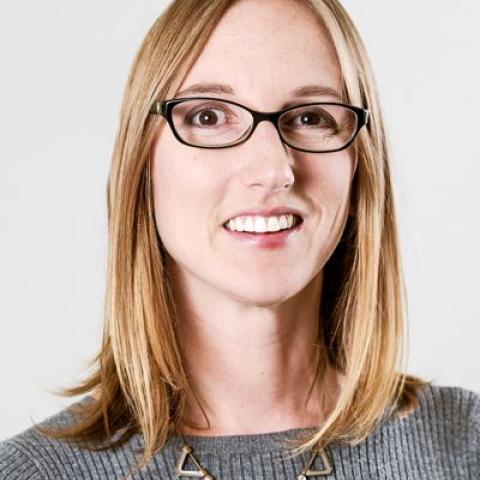
Human-Robot Interaction; Artificial Intelligence; Interactive Machine Learning

Human-Robot Interaction; Artificial Intelligence; Interactive Machine Learning
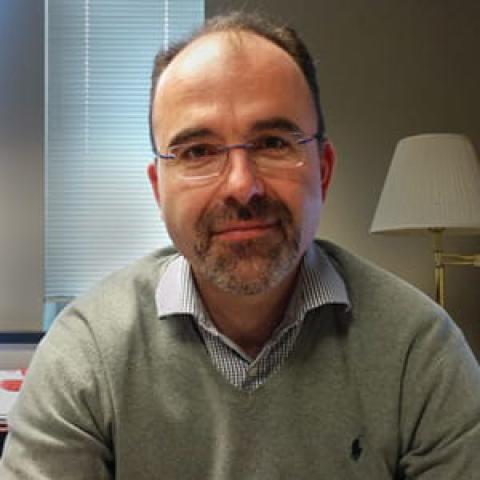
Evangelos Theodorou earned his Diploma in Electronic and Computer Engineering from the Technical University of Crete (TUC), Greece in 2001. He has also received a MSc in Production Engineering from TUC in 2003, a MSc in Computer Science and Engineering from University of Minnesota in spring of 2007 and a MSc in Electrical Engineering on dynamics and controls from the University of Southern California(USC) in Spring 2010. In May of 2011 he graduated with his Ph.D., in Computer Science at USC. After his Ph.D., he became a Postdoctoral Research Associate with the department of Computer Science and Engineering, University of Washington, Seattle. In July 2013 he joined the faculty of the school of Aerospace Engineering at Georgia Institute of Technology as Assistant Professor. His theoretical research spans the areas of control theory, machine learning, information theory and statistical physics. Applications involve autonomous planning and control in robotics and aerospace systems, bio-inspired control and design.
Nonlinear Stochastic Optimal Control; Machine Learning and Reinforcement Learning; Statistical Mechanics; Information Theory and Connections to Control Theory; Nonlinear State Estimation and Signal Processing; Adaptive; Nonlinear and Model Predictive Control.
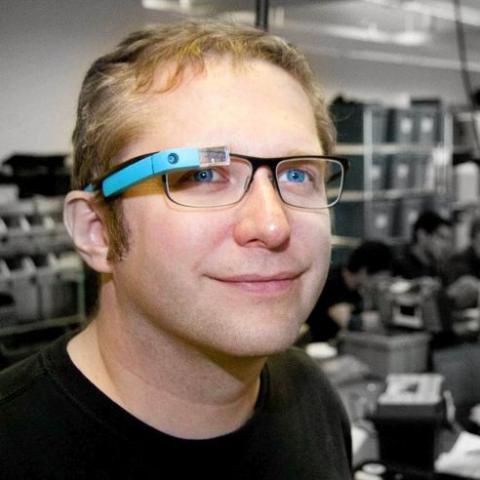
Thad Starner is a Professor at the Georgia Institute of Technology's School of Interactive Computing. Thad was perhaps the first to integrate a wearable computer into his everyday life as an intelligent personal assistant. Starner's work as a Ph.D. student would help found the field of Wearable Computing. His group's prototypes and patents on mobile MP3 players, mobile instant messaging and e-mail, gesture-based interfaces, and mobile context-based search foreshadowed now commonplace devices and services. Thad has authored over 100 scientific publications with over 100 co-authors on mobile Human Computer Interaction (HCI), pattern discovery, human power generation for mobile devices, and gesture recognition, and he is a founder and current co-chair of the IEEE Technical Committee on Wearable Information Systems. His work is discussed in public forums such as CNN, NPR, the BBC, CBS's 60 Minutes, The New York Times, Nikkei Science, The London Independent, The Bangkok Post, and The Wall Street Journal.
Wearable Computing; Artificial Intelligence; Augmented Reality; Human Computer Interaction; Ubiquitous Computing

Autonomy
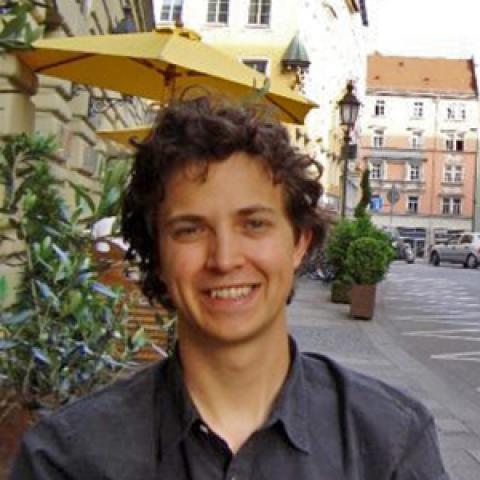
During his graduate work at UC, Berkeley, Simon sought to uncover general principles of animal locomotion that reveal control strategies underlying the remarkable stability and maneuverability of movement in nature. His work has demonstrated the importance animals’ natural dynamics for maintaining stability in the absence of neural feedback. His research emphasizes the importance of placing neural control in the appropriate dynamical context using mathematical and physical models. He has collaborated with researchers at four other institutions to transfer these principles to the design of the next generation of bio-inspired legged robots.
Simon received his Ph.D. in Integrative Biology at UC, Berkeley and has been a Hertz Fellow since 2002. His work has led to fellowships and awards from the National Science Foundation, the University of California, the Woods Hole Marine Biological Institute, the American Physical Society, the Society of Integrative and Comparative Biology, and the International Association of Physics Students. He is also currently affiliated the new Center for Interdisciplinary Bio-Inspiration in Education and Research (CIBER) at Berkeley.

Marilyn Smith is a Professor in the School of Daniel Guggenheim School of Aerospace Engineering at the Georgia Institute of Technology. She is director of Georgia Tech's Vertical Lift Research Center of Excellence (VLRCOE), where she leads a seven-university team of experts in vertical lift research for the U.S. Army, U.S. Navy and NASA. She has partnered with the Georgia Tech Research Institute (GTRI) to successfully win multiple research funding mechanisms for both organizations that total more than $200 million dollars. As the director of the AE School's Computational Nonlinear Computational Aeroelasticity Lab, Prof. Smith leads an internationally recognized and award-winning research team in the areas of unsteady aerodynamics and computational aeroelasticity using Computational Fluid Dynamics (CFD) across rotary-wing, fixed wing and launch vehicles, as well as sustainable energy. As a member of the NASA FUN3D development team, Prof. Smith contributes to state-of-the-art unstructured algorithm development, in particular for overset, moving frames. As an affiliate of the Aerospace Systems Design Lab (ASDL), she helps to integrate high performance computing with the design process. Prof. Smith is the author or co-author of more than 200 technical publications, and her research products are in active use by the US Government and other organizations, including the Drone Racing League. She is active internationally on three NATO AVT Panels investigating nonlinear gusts behaviors on UAVs and collaboration of experimental/computational aerodynamics. She is on Board of Directors of the Vertical Lift Consortium (VLC) and the Vertical Flight Society (VFS). She is also the Deputy Technical Director for Aeromechanics for the VFS. Prof. Smith has demonstrated her leadership as ARO Dynamic Stall Workshop Chair (2019); 70th AHS Annual Forum Technical Chairperson (2014); 69th AHS Annual Forum Technical Deputy Chairperson (2013); and 2014 Overset Grid Symposium (OGS) Chairperson. She was a member on the first International Aeroelastic Prediction Workshop Organizing Committee and is a member of the OGS organizing committee. Prof. Smith has been a guest expert in aviation for National Geographic, PBS, and NPR, as well as local television and numerous publications.
aeroelasticity; aerodynamics; computational fluid dynamics
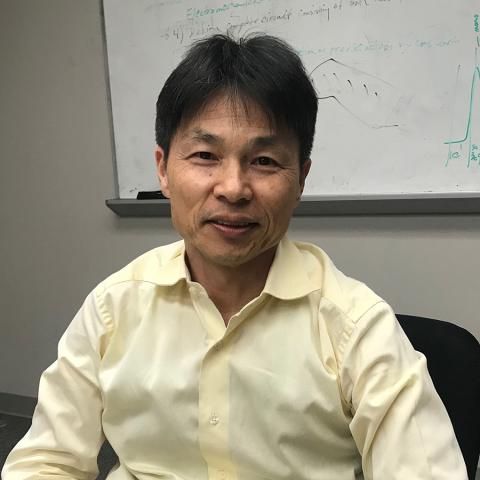
Physiological and biomechanical mechanisms underlying fine motor skills and their adjustments and adaptations to heightened sympathetic nerve activity, aging or inactivity, space flight or microgravity, neuromuscular fatigue, divided attention, and practice in humans. He uses state-of-the-art techniques in neuroscience, physiology, and biomechanics (e.g., TMS, EEG, fMRI, single motor unit recordings, microneurography, mechanomyography, ultrasound elastography, and exoskeleton robot) in identifying these mechanisms.
Neuromuscular Physiology
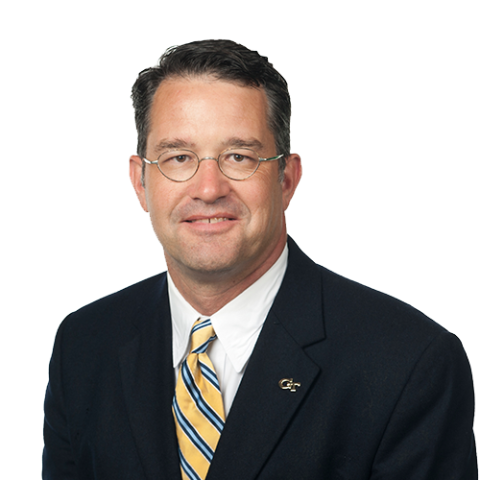
Tom Sammon focuses on implementing lean manufacturing practices and helping companies develop capital equipment applications.
Automation; Robotics; Conveyor Systems; Equipment Design; Lean Manufacturing; Plant Layout and Design; Plant Management; Project Management; Problem Solving.
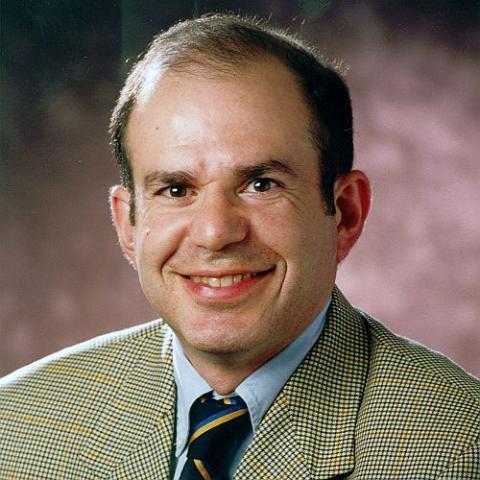
Dr. Sadegh's early research work was in the field of robotics and automation. His major contribution to this field was the development of a class of adaptive and learning controllers for nonlinear mechanical systems including robotic manipulators. This work, which evolved from his doctoral research, enables a robot to learn a repetitive task through practice, much like a human being, and without requiring a precise model. He later demonstrated that implementing this learning controller can significantly improve the performance of industrial robots without significantly increasing their cost or complexity, and has the potential to improve the accuracy, autonomy, and productivity of automated manufacturing systems. In addition to robotics, he developed a similar learning controller for speed regulation of copier photoreceptors as part of a project sponsored by the Xerox Corporation. Dr. Sadegh began at Tech in 1988 as an Assistant Professor.
Controls; Robotics; AI; Data Analysis; Epidemiology
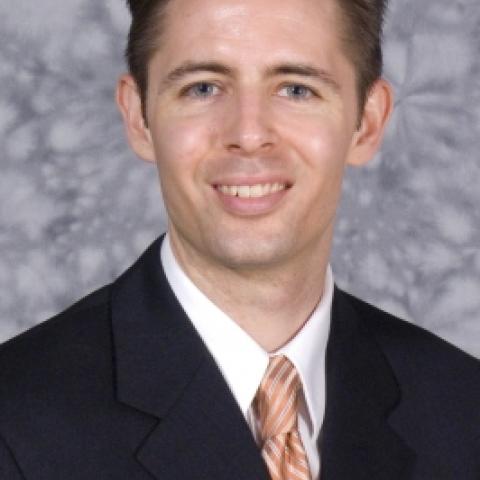
Biological and computational vision Theoretical and computational neuroscience High-dimensional data analysis Distributed computing in novel architectures Applications in imaging, remote sensing, and biotechnology Dr. Rozell's research interests focus on the intersection of computational neuroscience and signal processing. One branch of this work aims to understand how neural systems organize and process sensory information, drawing on modern engineering ideas to develop improved data analysis tools and theoretical models. The other branch of this work uses recent insight into neural information processing to develop new and efficient approaches to difficult data analysis tasks.